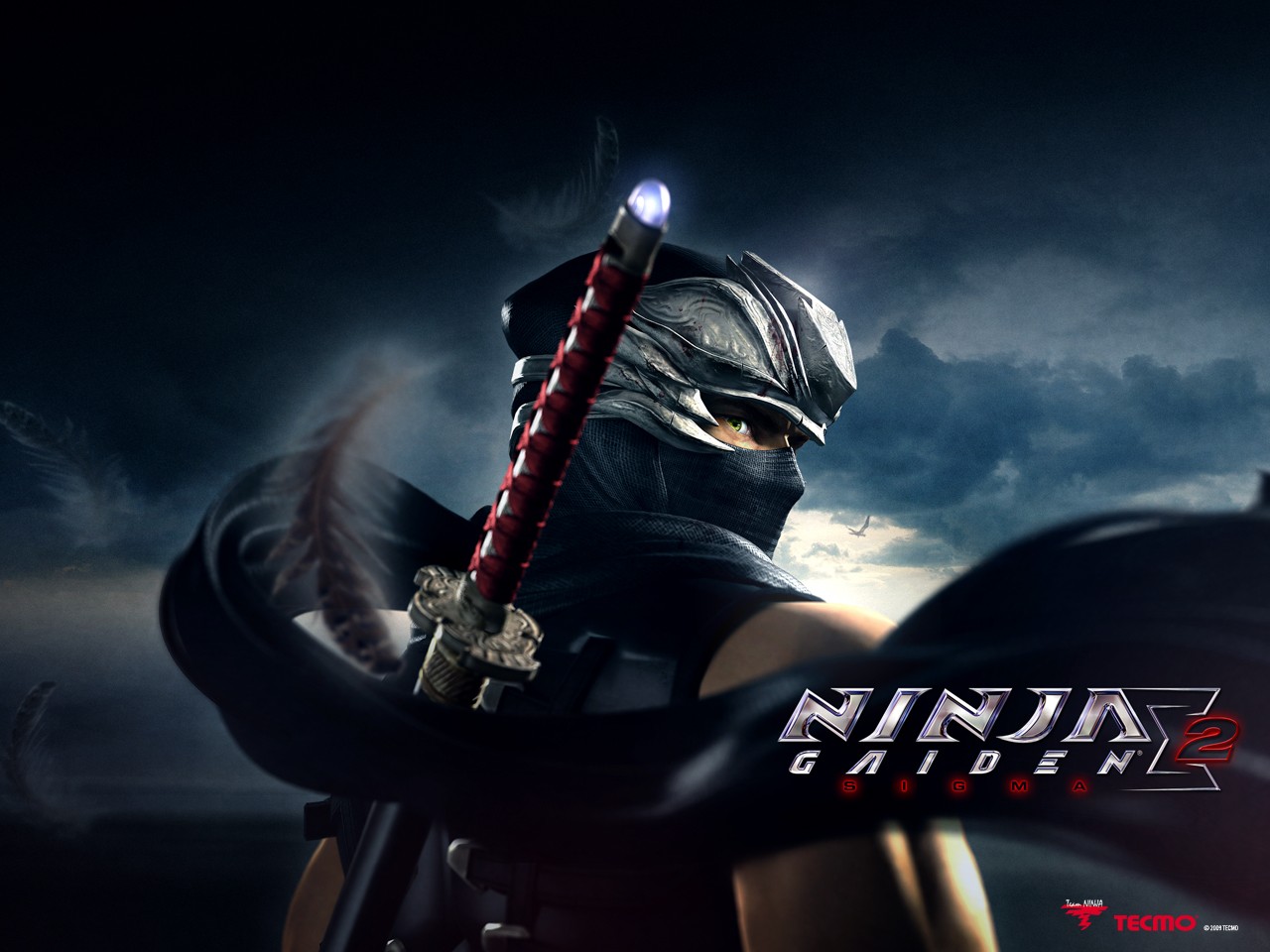Star Wars Battlefront has always been exciting. But you know what’s better than exciting? Giga-exciting. And fortunately, that’s exactly what DICE’s game now very much is, after its Hoth-based E3 gameplay demo.
It looks insane. It plays like someone just threw a first-person camera into a Star Wars movie battle. It has all the exciting, flash-bang bombast you want, and all the chaotic, intimate, human focus Star Wars needs. It is, quite frankly, a relentless, giddy, air-punch generator, and if you haven’t watched that demo yet, you must do so immediately
The demo begins on the forest moon of Endor with a group of rebels running through the forest. Three speeder bikes carrying Stormtroopers screech across the screen, and a firefight ensues with more Stormtroopers arriving. Soon this skirmish is interrupted by a gigantic AT-AT stomping through an opening in the forest. Regular firepower is completely ineffectual, even picking up a powerful weapon pick like a missile launcher is no use against the walker’s thick armour. The rebels reach a communications terminal and call in an airstrike from a nearby base. Within seconds, Y-Wings fly just above the forest’s canopy dropping bombs, destroying the AT-AT. (The footage switches between first- and third-person perspectives, emphasizing how Battlefront can be from either view.) The rebels run under the wounded AT-AT as it burns, emphasizing its impressive size, and leave the open forest for the safety of a bunker. Inside, one of the rebels runs ahead, but is stopped and scooped into the air by an invisible force; he reaches for his throat; he’s choking. Lord Vader comes into shot, throws the rebel to one side, and marches directly towards the camera; shots are fired in his direction but he deflects each one effortlessly with his lightsaber. Vader continues to walk forward until his mask dominates the screen.


